Rise of Democracy in India
by Devender
0 2569
The countries which just gained freedom from colonialization faced many issues. The leaders of many of these countries didn't want democracy as a form of governance as they thought that it will bring conflicts and differences which would not be good for national unity.
Rise of Democracy in India
Despite the fact that the Indian population was illiterate, the economic condition was poor and diversities were present, Indian leaders wanted democracy to consolidate India. The constitution of India was adopted on January 26, 1950, which led to the first democratically elected government.
- In January 1950, the election commission was set up to conduct fair & free elections
- India adopted a universal adult franchise irrespective of any distinction of any kind with the prescribed condition of age
- Soon, the election commission realized that conducting a free & fair election in a country of India's size was a very challenging task and it has never been done before
- Candidates were to be identified by symbols, assigned to each major party
- Independent candidates painted on ballot papers in the box assigned to a particular candidate
- The ballot was kept secret
- The Congress System:
- In the first decade after independence, Congress was the ruling party and also the opposition party
- It adopted an inclusive approach & accepted membership of all the strata of society & was an ideological coalition
- It also accommodated the revolutionary and pacifist, conservative & radical, extremist & moderate & right, left, and all shades of the center
- Internal factionalism became the strength of the congress
- The factions worked as a balancing mechanism in Congress
- These opposition parties played an important role to maintain the democratic character of the system
- These opposition parties used a sustained and principle criticism against congress policies and ruling parties
- There was great respect between the opposition leaders and the Congress leaders in the beginning
- After some time, this respect declined when the opposition parties showed intense competition
- Congress policy of accommodating all interests and all aspirants for political hours steadily declined which brought the rise of other political parties
- Socialist party:
- After the independence, the Congress party abolished dual membership and barred CSP members with congress’s membership
- This forced the leaders of CSP to form a separate party known as the Socialist Party
- It was formed in 1948
- They believed in the idea of democratic socialism which separated them from both communists and Congress
- They used to criticize Congress for favoring landlords, capitalists, etc., and not masses like farmers and workers
- The Socialist party only offered limited cooperation to congress when the congress party declared its goal to be the socialist pattern of society in 1955
- The Samajwadi Party, Rashtriya Janta Dal (RJD), Janta Dal (United), Janta Dal (Secular) were all originated from the socialist party
- Bhartiya Jan Sangh (BJS):
- Shyama Prasad Mukharjee
- Deen Dayal Upadhayaya
- Balraj Madhok
- The Communist Party of India:
- The communists used to work within congress but when congress supported Britishers during Second World War, they separated themselves
- Before independence, the communists used to believe in violent uprisings to take control
- However, after independence, communists also participated in the elections peacefully
- They became the second-largest opposition party
- In 1964, CPI spilled up and the pro-china faction formed the CPI (Marxist)
- However, in today's time, both have shrunk a lot and are only present in a few states of the country
- Swatantra Party:
- They believed that parties should involve lesser in the economy
- They also opposed the development strategy of state intervention in the economy, nationalization & the Public sector
- They were also against the progressive tax regime & demanded the dismantling of license Raj
- The industrialist and big landlords used to support this party but it only had a limited influence and lacked dedicated cadres
- As a result, it didn't perform well
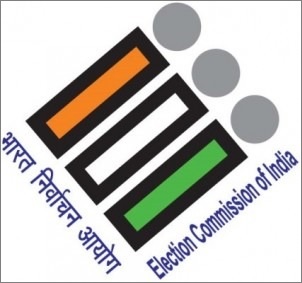
Conducting elections required delimitation or drawing the boundaries of electoral rolls whereas Women in India used to register themselves as wives or daughters of somebody rather than registering themselves by their names. So, keeping in mind the illiteracy and unawareness in India, the election commission trained around 3 lakh officers and polling staff to conduct the election.
One of the rememberable features of the election was the participation of women in this election. Nearly 40% of women out of total eligible women cast their votes and in total 46% of people cast their votes. So, the faith that leaders had in the people of India was totally justified.
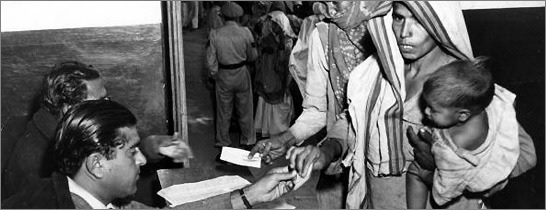
Congress emerged as the single largest party in India. It formed government in all the states and also at the center. The successful completion of the polls also brought admiration for India and Nehru from the world and especially ex-colonial countries. It was an indication that the democratic system & institutions, a legacy of the national movement were beginning to take root.
The emergence of Opposition Parties
During the starting years, the opposition parties were only getting token representation in Lok Sabha and State assemblies. It was during the Congress System.
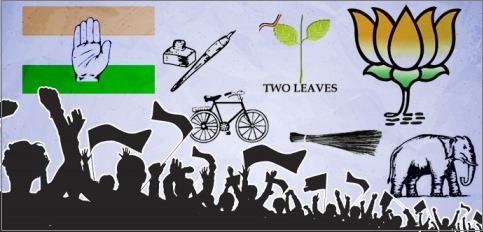
It was founded in 1934 as Congress Socialist Party. It was founded because some leaders within congress wanted a more radical & egalitarian congress.
It was formed by SP Mukharjee in 1951 and its roots can be traced to RSS and Hindu Mahasabha before independence. Its main focus was on the idea of one country, one culture, and one notion. It believed that the country could become modern, progressive, and strong using the Indian culture and traditions.
The leaders of BJS were:
The roots of the Bhartiya Janta Party (BJP) can be traced to BJS.
After the Bolshevik revolution in Russia, many communist groups emerged and they advocated socialism as the solution to the problems affecting the notion in the 1920s.
It was formed in August 1959 after Nagpur's resolution of the congress. This resolution called for land ceilings, the takeover of food grain trade by the state, adoption of cooperative forming. The Swatantra Party didn't like and believe this resolution.

Share:

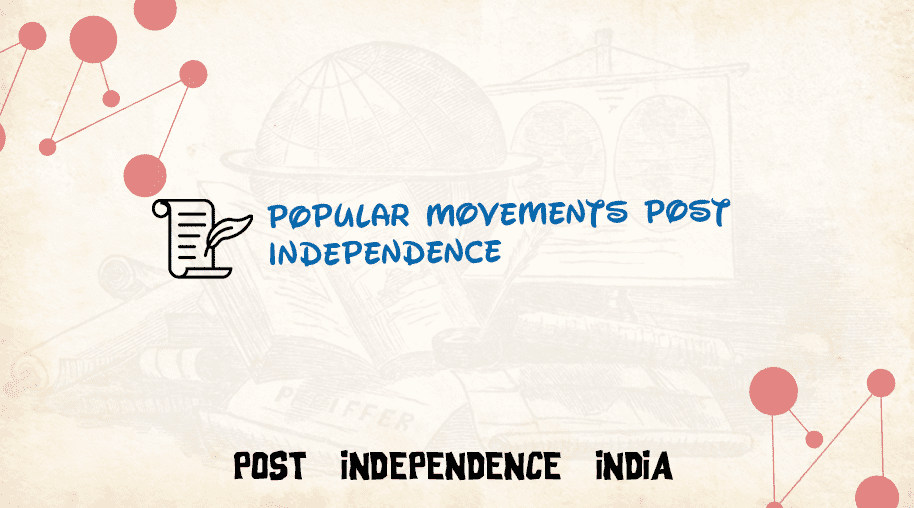
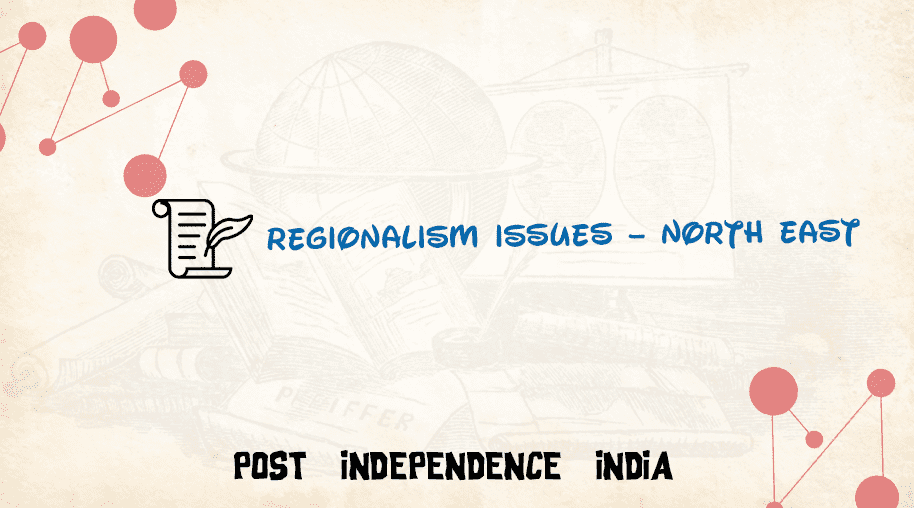
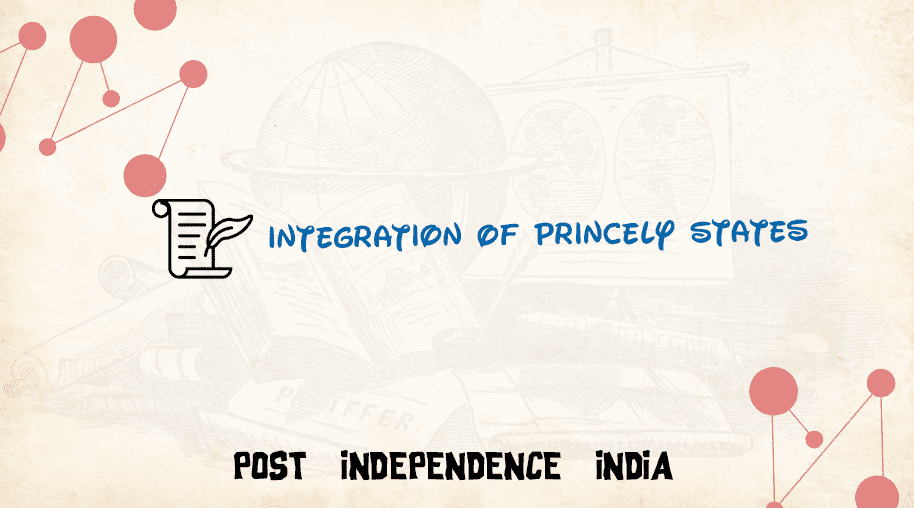
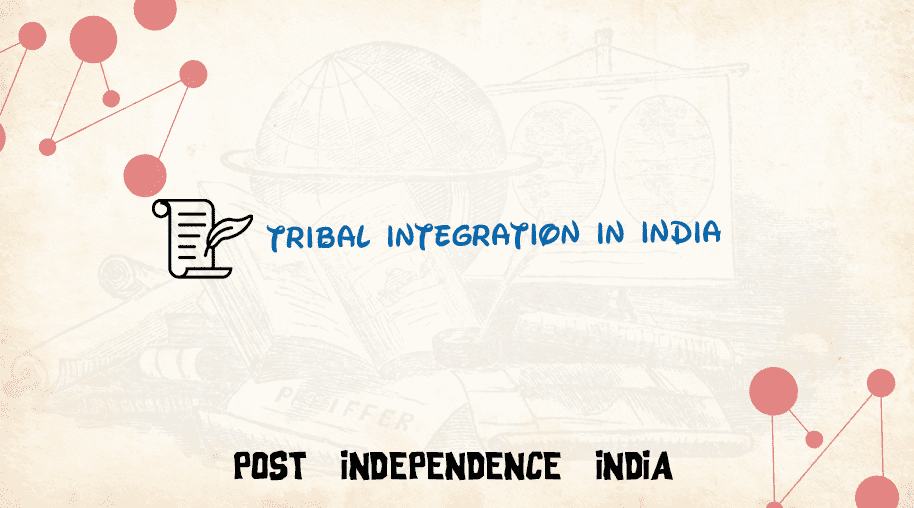


Comments
Waiting for your comments